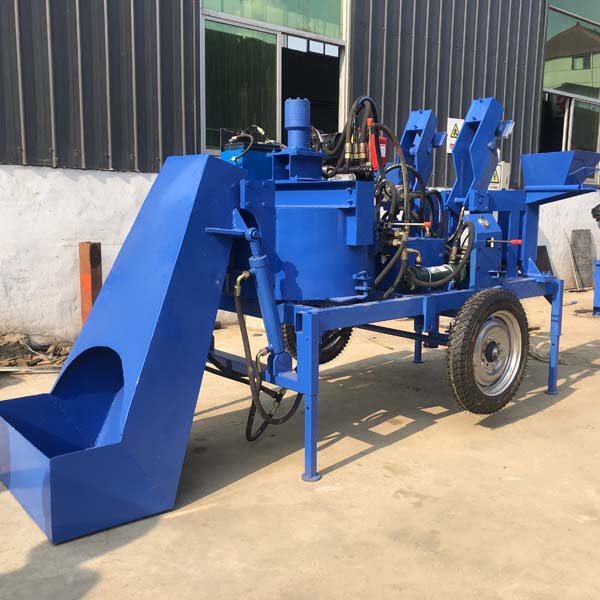
Image source Aiweibrickmachine
Title: Investment Analysis for Full-Automatic Block Making Machine Facilities
Introduction:
The global construction industry is witnessing a paradigm shift towards automation and efficiency, and one technology that stands out is the full-automatic block making machine. These machines have revolutionized the production of concrete blocks, paving the way for faster, more cost-effective, and higher-quality construction materials. As investors explore opportunities in this burgeoning sector, a thorough investment analysis becomes crucial to assess the potential returns and risks associated with full-automatic block making machine facilities.
Market Overview:
Before delving into the investment prospects, it’s essential to understand the market dynamics surrounding full-automatic block making machines. The construction industry’s increasing demand for sustainable and efficient building materials has fueled the adoption of these machines. The technology allows for the mass production of concrete blocks, bricks, and other construction elements with minimal manual intervention, leading to higher production rates and reduced labor costs.
Key Factors Influencing the Market:
1. **Construction Boom:**
The ongoing global construction boom, especially in emerging economies, is a significant driver for the demand for construction materials. Full-automatic block making machines offer a solution to meet this demand efficiently.
2. **Environmental Concerns:**
Sustainable construction practices are gaining prominence, and full-automatic block making machines contribute to this trend by optimizing raw material usage and minimizing waste.
3. **Cost Efficiency:**
The automated nature of these machines reduces labor costs and enhances production efficiency, making them an attractive option for construction companies looking to improve their bottom line.
Investment Considerations:
1. **Initial Capital Investment:**
Investing in a full-automatic block making machine facility requires a substantial initial capital outlay. The cost includes the purchase of the machine, site preparation, and construction of the production facility.
2. **Operating Costs:**
While automated machines reduce labor costs, there are other operating expenses to consider, such as raw materials, maintenance, electricity, and administrative overhead. A comprehensive cost analysis is necessary to determine the facility’s break-even point and profitability.
3. **Market Research:**
Conducting thorough market research is crucial to identify regional demand, competition, and potential customers. Understanding market trends and customer preferences will help in tailoring the production to meet specific requirements.
4. **Regulatory Compliance:**
Compliance with local and international regulations is paramount. Understanding environmental regulations, safety standards, and zoning requirements is essential to avoid legal issues that could impact the facility’s operations.
5. **Technological Advancements:**
Keeping abreast of technological advancements in full-automatic block making machines is vital for maintaining a competitive edge. Regular upgrades and innovations can enhance production efficiency and product quality.
Risk Assessment:
1. **Market Fluctuations:**
The construction industry is susceptible to economic fluctuations. A sudden downturn in construction activity could impact the demand for construction materials and, consequently, the profitability of the block making machine facility.
2. **Technological Risks:**
Rapid technological advancements may lead to the obsolescence of existing machines. Investors must consider the flexibility of the chosen technology and the ability to adapt to future changes.
3. **Raw Material Costs:**
Fluctuations in the prices of raw materials, such as cement and aggregates, can impact production costs. Developing strategic partnerships with suppliers or exploring alternative materials can mitigate this risk.
4. **Global Supply Chain Disruptions:**
The global nature of supply chains exposes facilities to the risk of disruptions due to geopolitical events, natural disasters, or unforeseen global crises. Diversification and contingency planning are essential to mitigate such risks.
Conclusion:
Investing in a full-automatic block making machine facility presents a promising opportunity in the evolving landscape of the construction industry. However, success hinges on a meticulous investment analysis that considers market dynamics, operational costs, regulatory compliance, and potential risks. With the right strategy and a commitment to staying abreast of industry trends, investors can position themselves to capitalize on the growing demand for efficient and sustainable construction materials.
